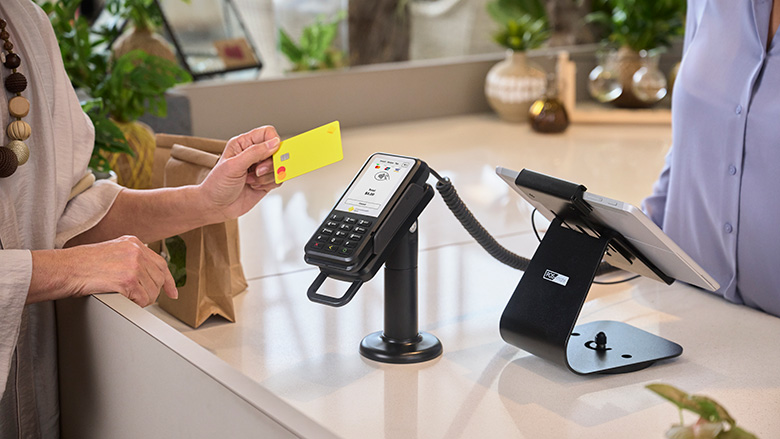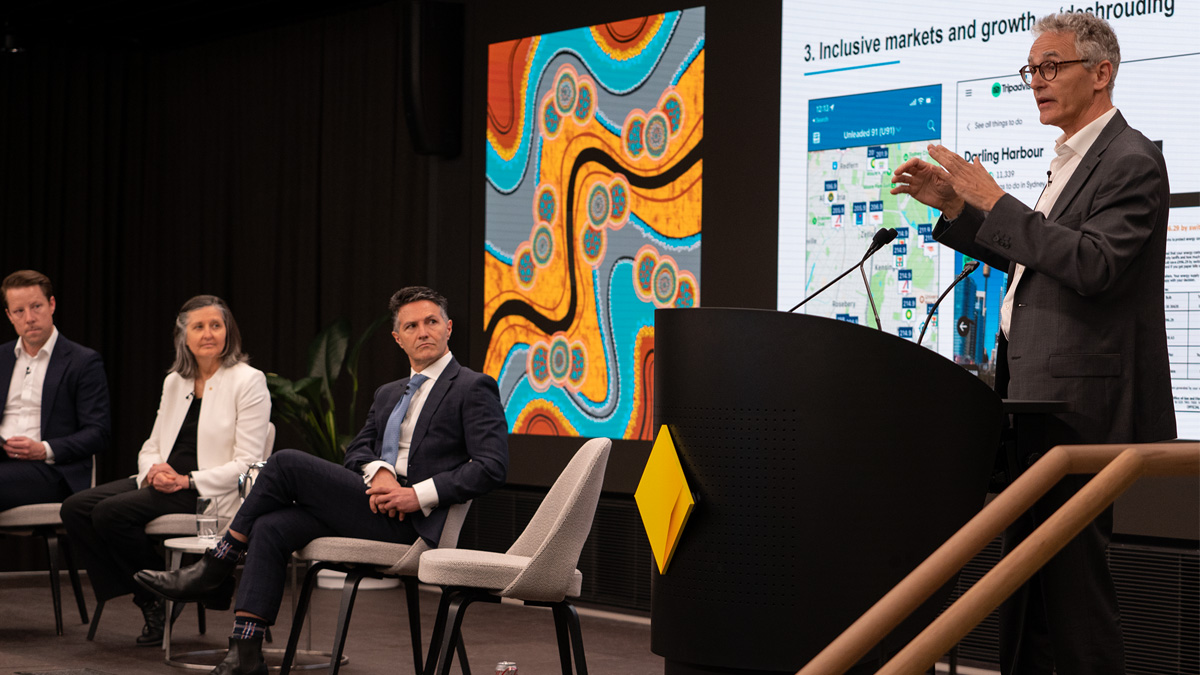Retail spending jumped 6.4 per cent in the month, with Black Friday sales driving an 8 per cent increase in the last week of November — a similar result to last year, but softer than in 2020 and 2019 — highlighting a recent trend of consumers bringing forward their Christmas spending. However with seasonal adjustment, retail spending was lower than in November last year.
A strong increase in transport saw a 6.5 per cent increase in November, led by higher petrol prices and spending at services stations. This was offset by falls in entertainment, motor vehicles and travel — which saw a relatively large decline of 6.6 per cent in November.
CommBank Chief Economist Stephen Halmarick said November’s CommBank HSI Index shows households are feeling the impact of rising interest rates, higher prices and bills, with the HSI index’s annual rate of increase halving to 3.2 per cent from 7.5 per cent in October and down from a peak of 15.2 per cent in August.
“The CommBank HSI Index’s narrow rise in November could be something of a ‘last hurrah’, with underlying spending trends showing household are hesitant to spend too much as interest rate hikes flow through in increased bills and higher prices.
“This year’s Black Friday results continue to show a clear shift in recent years for shoppers to bring forward their Christmas spending and make the most of the sales on offer.
“With the Reserve Bank of Australia (RBA) having increased interest rates by 300bp in 2022, household budgets will become more constrained into the new year, putting further downward pressure on spending,” said Mr Halmarick.




